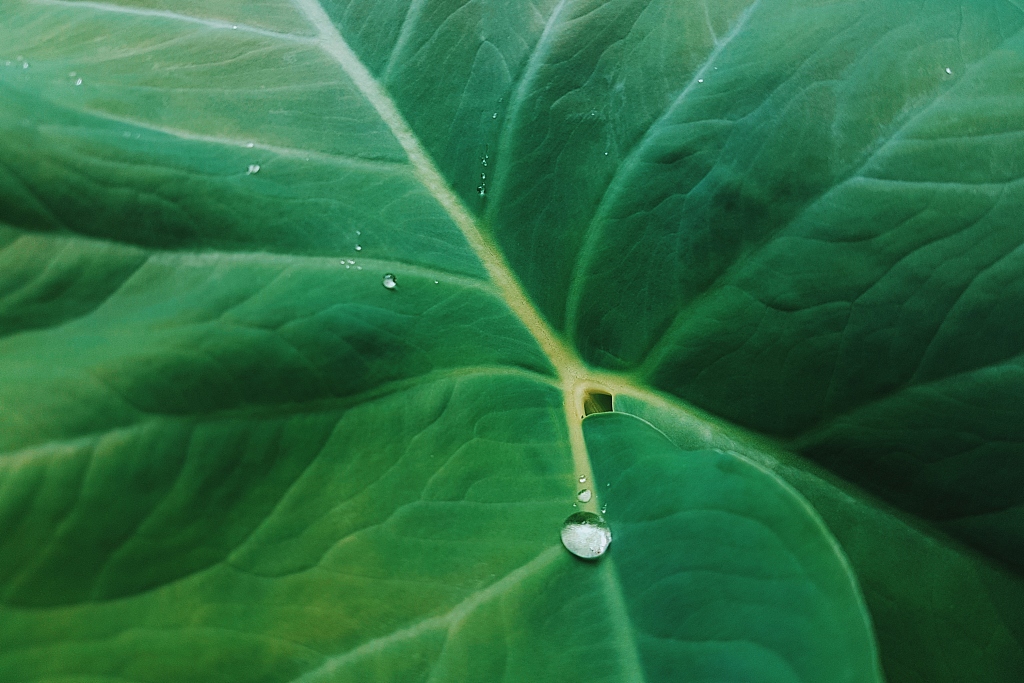Many Chinese people keep a pot of alocasia odora at home during the Spring Festival, which is also called dripping Kwan-yin in Chinese. Its flowers look like the Goddess of Mercy, hence the name "dripping Kwan-yin”.
It is about 3-5 meters tall, with rounded leaves, lush and vibrant all year round, giving people a fresh, soothing and vibrant feeling, making it a good ornamental plant.
It can also play a very good role in purifying the air of formaldehyde and other harmful gases. However, it is toxic.
Alocasia odora secretes a white sap on the stem, which is the source of toxicity. If people accidentally ingest it, it can cause discomfort in the throat and mouth, and even lead to heart paralysis and death.
It is worth noting that because the appearance is very similar to the morphological characteristics of taro, it is easy to be poisoned by accident.

Unlike the alocasia odora, the leaves of the taro are not clearly veined and the leaves are velvety. In contrast, the overall leaves of the alocasia odora are heart-shaped, with glossy foliage. They bloom flowers that have some beige inflorescences, with green bracts outside.
The reason why the alocasia odora is poisonous is the result of natural evolution, which is to avoid being eaten by other animals. So people should be careful if they see this plant in the wild.
(If you want to contribute and have specific expertise, please contact us at nature@cgtn.com.)